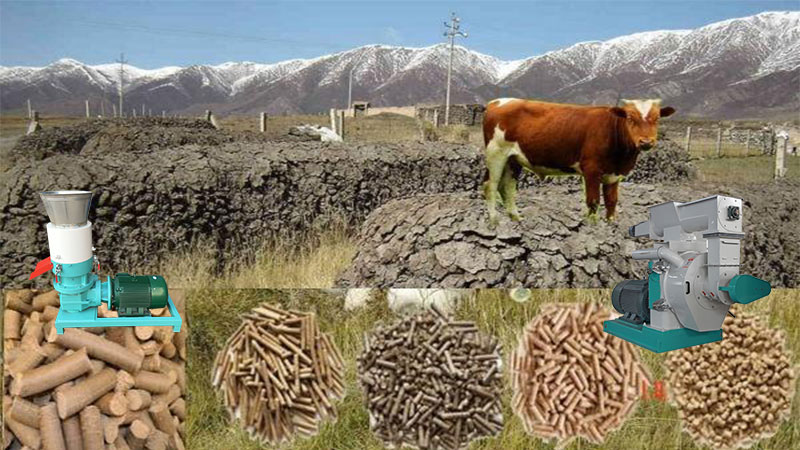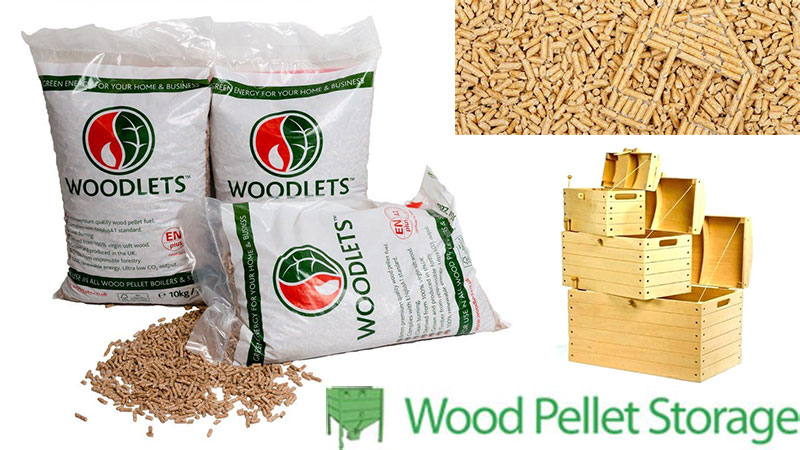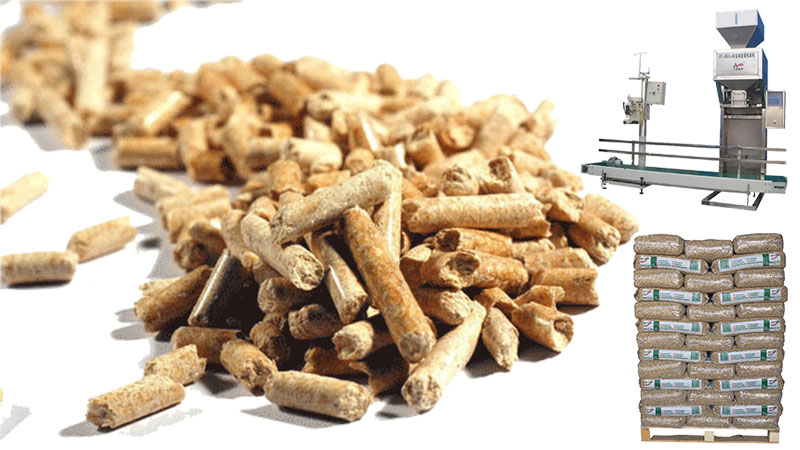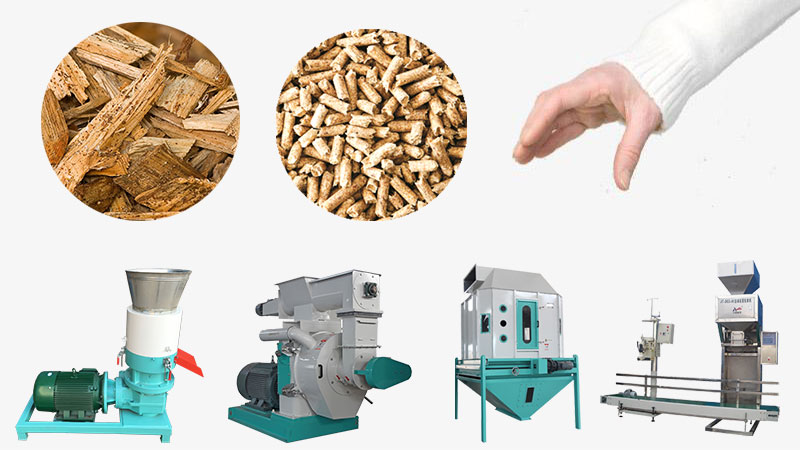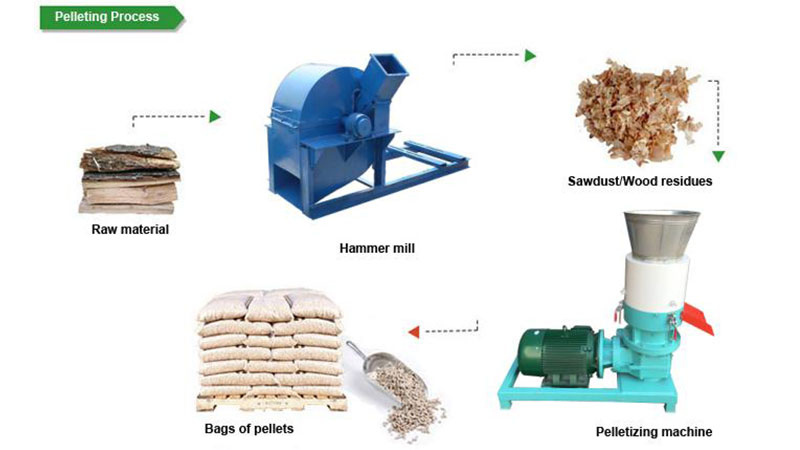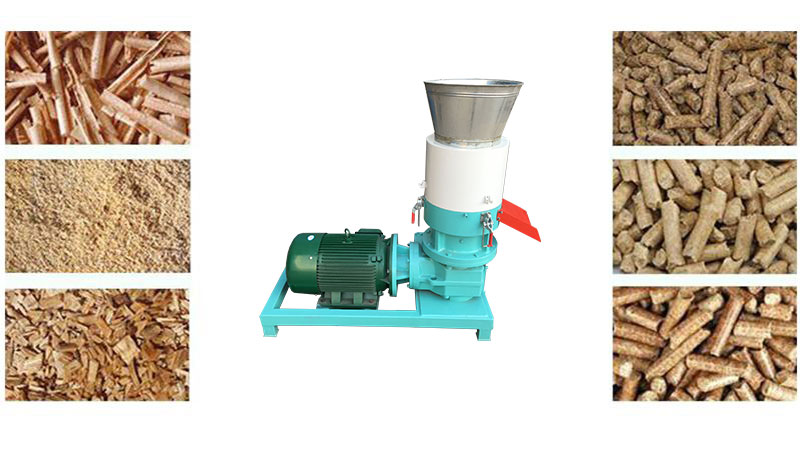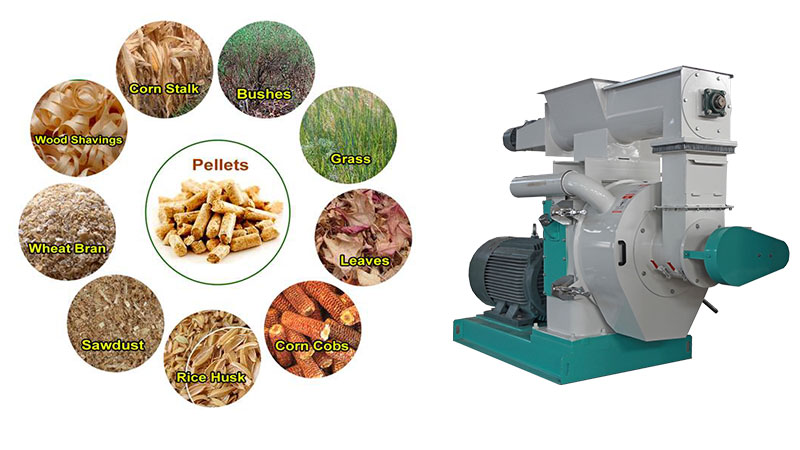Cow dung is one of a byproduct of agricultural activities which has produced large quantities of animal wastes in the form of manures in many areas of the world in recent years . Taking the USA as an example, the major sources of manure in the USA are cow, beef cattle, dairy, poultry and swine production. The beef cattle industry generates approximately 24.4 million metric tons of manure per year, dairy farming 19 million tons of manure, poultry 12.7 million tons of litter and manure, and swine production generates manure equivalent of 14.5 million tons.

But high moisture content, high volume and non-uniformity of the materials in manure are the factors which limits the usage of the manure in agriculture. Normally, because of low specific gravity the transportation of manure fertilizers is difficult and expensive. Biomass is very difficult to handle, transport, store, and utilize in its original form. One of the method that cause to have easy transportation and decrease the costs is to reduce the volume of the manure by compression in pellet form. So in order to making full use of these wastes, the animal wastes can be made into dung pellets as fuel.
The cow dung is one of the animal wastes. An adult cow passes on the average of thirteen times a day so there is always ample dung to harvest in any barn. The average dairy cow produces about 55 kg (120 pounds) of manure per day, and approximately 20 metric tons per year, even if you cut that number in half, that’s a lot of potential fuel from the family cow.
Cows eat a variety of leaves, grass, wheat stalks, grains, and so on, and chew everything thoroughly hence, their dung is composed of many combustible fibers, which is key to heating, so the cow dung has the potential to be made into cow dung pellets as fuel.
The calorific value of cow dung is 0.7 ~ 0.8 times than the calorific value of coal, namely, the calorific value of 1.3t cow dung pellets are equivalent to 1t calorific value of coal. If the cow dung pellets burn in the supporting burning furnace, combustion efficiency of cow dung pellets is 1.3-1.5 times than combustion efficiency of coal which burns in the boiler. So heat utilization rate of 1t cow dung pellets is approximately equal to the heat utilization rate of 1t coal .
The typical ultimate analysis of cow dung by weight:
|
Carbon
|
31.6%
|
|
Hydrogen
|
5.18%
|
|
0xygen
|
37.8%
|
|
Nitrogen
|
6.12%
|
|
Ash
|
19.3%
|
Certainly, Dry animal dung was used from prehistoric times, including in Ancient Persia and Ancient Egypt. In Equatorial Guinea archaeological evidence has been found of the practice and biblical records indicate animal dung were used as fuel. In modern times, the dry cow dung has been used as a fuel in many countries around the world. In Egypt dry cow dung (from cows & buffaloes) is mixed with straw or crop residues to make dry fuel called “Gella” or “Jilla” dung cakes. In the villages of India it is common to find dried cow dung patties (khande) stacked in a variety of ways and plastered with a layer of dung in which designs are drawn while still wet. These small storehouses of dung supply the villagers with fuel during the monsoon and winter seasons when the sun is weak and cannot dry fresh dung effectively. Anyone who has eaten chapaties (flat bread) cooked on a dung fire can testify how this fuel enhances their taste.
With the rapid development of dairy industry, the cow dung pollution has become a big problem. When the summer is coming,
The use of cow manure pellets for fuel has several benefits:
1.Inexpensive – cheaper than propane, most natural gas, and electricity
2.Avoiding the cost of disposal, increasing revenue sources and abundant cow dung resources.
3.Reducing odor and other nuisances associated with large livestock and poultry operations
4. The potential applications of the energy-from-manure concept include space heating, steam, and electricity.
The cow dung pellet plant
1.Dry: Dry cow dung is more commonly used than moist dung because it burns more easily. And the moisture content of the moist dung is too high and can not be made into pellets successfully. So drying machine is important in pellet line. After drying, the moisture content of cow dung goes down to 8-15%, which we can prepare for the next step.
2. Grinding: If the size of cow dung is big, the hammer mill is necessary, which can make cow dung into fine power.
3.Pelleting: After grinding, you should put the cow dung fine power into the pellet machine, then the pellet machine can compress the cow dung into pellets.
4.Cooling: Cow dung pellets from pellet machine are with high moisture content and high temperature degree, therefore cooling machine is necessary to low down material temperature to 3-5℃ higher than room temperature and is important for safely stored or transported in case the mildew.
5. Packaging: According to the requirement, with the unique features of compact structure, high weighing accuracy, easy operation, the packaging machine can automatically pack the cow dung pellets into bags.
In a word, cow dung pellets are increasingly being used and popularized by people as fuel, which not only promote the development of animal husbandry, but also protect the environment. So this can acquire better social and economic benefits.
